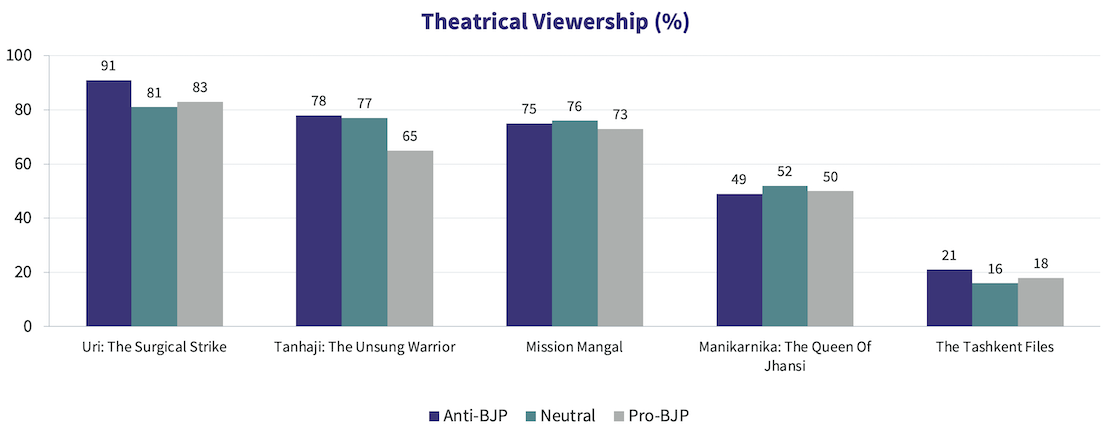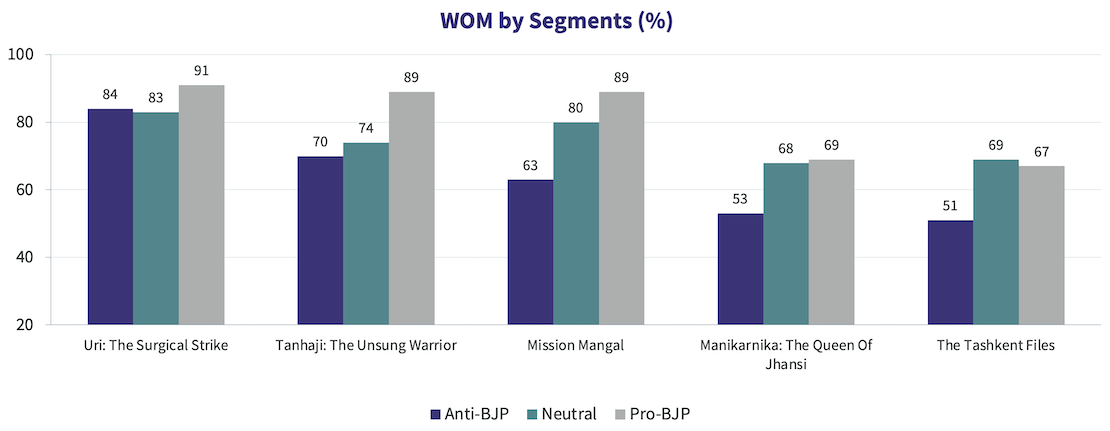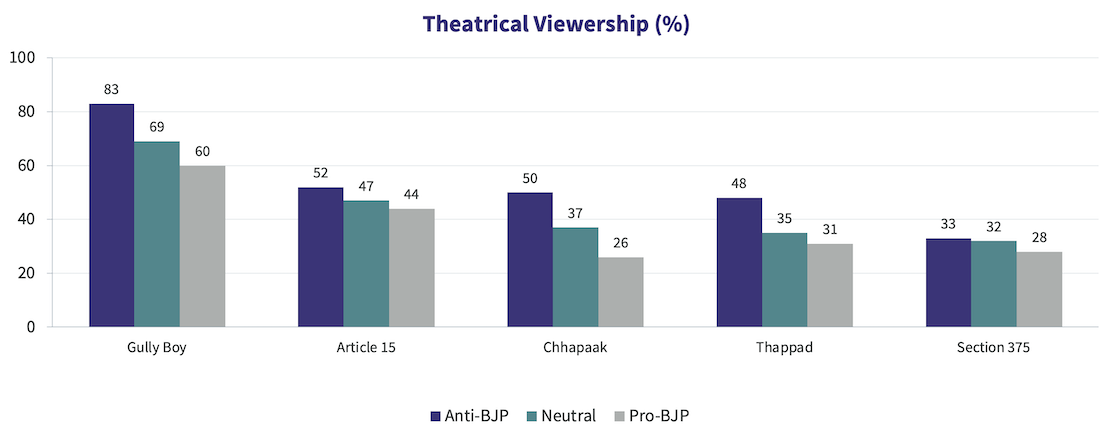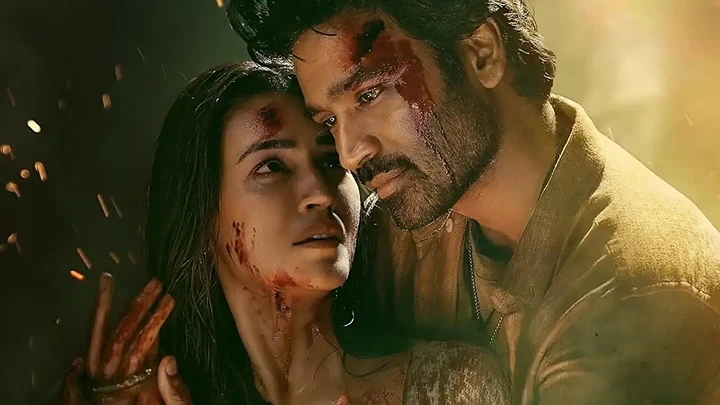


By Abhinav Chandekar, Chandra Goyal
Polarisation of political opinion has been a topic of great interest globally over the last few years. Increasingly, for better or for worse, there is growing schism between what we would normally call ‘conservative’ and ‘liberal’ forces. This, obviously, has also percolated and concerned the Media & Entertainment industry, and its effect is most apparent in the deep politicisation of broadcast news worldwide, and the partisan nature of news coverage that now seems par for the course.
But what about things closer home? Are Indians more polarised than ever? The current political climate in the country suggests that’s indeed the case. Does this ideological divide also translate into differences in content choices, especially those related to films? The growing emphasis on political and nationalistic themes in Hindi cinema has been much talked about in recent times. Uri and Tanhaji reigning over the box office has made many filmmakers and studio executives question their understanding of the marketplace. But has the reception to overtly political films been different, when viewed by people holding varying ideological beliefs?
To examine this, a research was conducted among Hindi film-goers. Based on their response to a list of statements used to gauge their political leaning, the audience were divided into three segments, i.e. Pro-BJP, Neutral and Anti-BJP. Theatrical viewership and Word-Of-Mouth (audience likeability) was measured for a list of films with a mix of conservative and progressive themes, to capture the proclivity of these segments to watch, as well as like, such films.
The chart below indicates the theatrical viewership of five films, with conservative and/or nationalistic themes, by these three audience segments. Interestingly, films that had conservative and/or nationalistic themes did not witness any significant difference in viewership levels amongst the three segments, indicating that, conceptually, such themes have near-uniform appeal.

It is evident that while appeal for a certain concept might be a function of the subject itself, ‘Right-wing’ cinema does not alienate any section of audience per se because of its political ideology.
However, when it comes to liking such films, once the viewer walks out of the theatre, there is a clear distinction between the three segments. The chart below provides the likeability (Word-of-Mouth on a 0-100 scale) for these five 'right-leaning' films.

Evidently, such films are liked significantly more by the Pro-BJP segment, when compared to the Anti-BJP segment. Interestingly, for three of the five films, the WOM for the Neutral segment is almost at par with the Pro-BJP segment, which indicates a similarity in taste, and perhaps a greater ideological alignment (vis-à-vis the Anti-BJP segment).
But what happens to the movies at the other end of the ideological spectrum? Contrary to the films with conservative and/or nationalistic themes, films with more liberal and progressive themes show a significant variation in viewership, with the Pro-BJP segment displaying considerably lower viewership levels, indicating the alienating effect that such themes could have on this cohort.

Of these five films, three (Gully Boy, Chhappak and Article 15, as indicated in the chart below) also show a significant difference in WOM between the three segments, being liked more by the Anti-BJP segment.

Again, there is greater semblance in the likeability displayed by the Neutral and Pro-BJP segments, when compared to the Anti-BJP segment. Two films (Thappad and Section 375) that do not conform to this pattern, while progressive in their theme, are less overtly political, and merely reflect the reality of the situation without confronting or accusing the system directly.
It is clear from these findings that the political polarisation of the citizenry is also manifesting itself in their attitude and behaviour, as an audience, towards films. However, what happens if our films continue to get even more polarised, with time? Will they further the political polarisation in the country? The answer to that question, perhaps, lies in what renowned philosopher Marshall McLuhan said: “We become what we behold. We shape our tools and then our tools shape us”.

Ormax Cinematix's FBO: Accuracy update (December 2025)
This edition of our monthly blog summarises Ormax Cinematix's box office forecasts (FBO) for all major December 2025 releases vis-à-vis their actual box-office openings

The India Box Office Report: November 2025
November 2025 was an underwhelming month at the India Box Office, recording only ₹587 Cr in gross collections. However, the year stays on course to become the highest-grossing year of all time

Ormax Cinematix's FBO: Accuracy update (November 2025)
This edition of our monthly blog summarises Ormax Cinematix's box office forecasts (FBO) for all major November 2025 releases vis-à-vis their actual box-office openings
Subscribe to stay updated with our latest insights
We use cookies to improve your experience on this site. To find out more, read our Privacy Policy